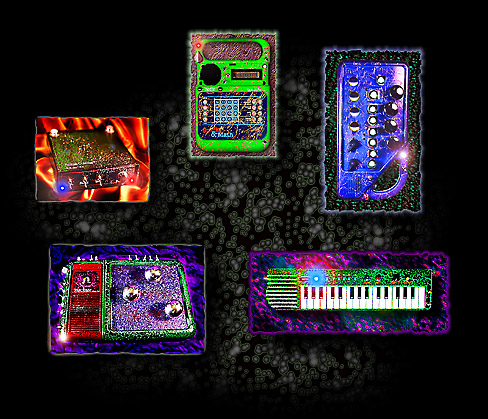|
Once upon a time, in a world now alien and seemingly far, far away, a
little boy stood in a field with his grandfather and watched the night
sky. The old man checked his wristwatch. "Look! There it is, there!" The
boy finally saw it too. So strange! Like a star had become unfastened,
its anchor lost, now set adrift and floating through the chilly black
night.
This was in a day when the planet Earth had no artificial satellites.
None, that is, except now for Sputnik, the Russian experiment in orbital
physics and electronic communication ...the first domestic star in our
planet's history. If you had the right equipment you could even hear it
beep.
Not sure what he'd seen, the boy walked back home with his grandfather
knowing only that "the stars now have company", and he knew somehow he'd
seen something very important. Not that it was a bright star at all. It
wasn't. But the boy hardly noticed that it was a dim star in an
overpowering sky.
What struck the boy was that this star had become free somehow, that its
track across the sky was so beautifully surreal amidst the steadfast
constellations above.
|
|
The essential instruments of the Ghazala collection are those seen
above. These are the cornerstones of the Ghazala instrument history.
Clockwise, from the top: the Incantor, the Morpheum, the Aleatron, the
Trigon Incantor and the Photon Clarinet. Just click on an instrument to
follow its trail of variations, descriptions and prices.
|



